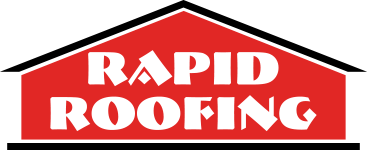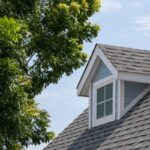Common Roofing Problems Found During Inspections
If you’re in the process of buying or selling a home, you know that it’s pretty common for roofing problems to crop up during the inspection process. There are a lot of reasons for these problems to show up, from improper roof maintenance to the previous owner deciding to sell a home rather than pay for roof repairs.
Unfortunately, that means you should be prepared for roof issues when you’re getting a home inspected. Here are some of the most common problems, and what you should do to deal with them.
Why Home Inspections Often Find Roofing Problems
There are a lot of reasons why home inspections and even roof-specific inspections often find problems.
For one thing, a lot of roof problems can be pretty subtle, especially when they are first starting to be a problem. Inspectors are trained to spot all issues, from the mildest to the most serious, so they are going to pick up on problems that homeowners are unlikely to notice right away. That way, inspectors can help make sure roofs get the repairs they need.
Roofs also go through serious stress as a part of their job. That means that there are a lot of opportunities for the average roof to be damaged in any given year. Over the lifetime of a roof, all that little damage adds up. It’s also relatively common for known roof issues and damage to be a motivating factor for sellers.
If someone is thinking about selling their home and finds out that the home needs a new roof or an extensive repair, they’re a lot more likely to decide they want to sell.
Common Roofing Problems Found During Inspections
Not all issues are a make-it-or-break-it problem. There are a lot of common problems, ranging from the mildest issues to signs that it’s time for a complete roof replacement.
Here are some of the common roof issues discovered during inspections:
- Leaks: small leaks in a roof are relatively common and can be difficult to notice at first. Inspectors will be looking at the roof, interior insulation, and other indicators, so they can often spot small leaks that aren’t obvious any other way.
- Loose or Damaged Shingles: shingles are common in part because they are an affordable roofing material, but they can also be some of the easiest materials to damage. Needing to replace a few shingles after an inspection is very common.
- Lack of Insulation: there are a few reasons an inspection might say there isn’t enough insulation in a roof. For one thing, building standards change over time. It’s possible that the insulation requirements were lower when the roof was built. Another common reason is that insulation is an easy thing for contractors who don’t know what they are doing or are trying to save money, to skimp out on. Lastly, many types of insulation can degrade over time, especially if the roof is damaged at some point during the lifetime of the insulation.
Should You Buy A Home With Known Roof Issues?
Whether you should but a home with known problems is a personal decision, and one that no one can really answer for you.
The things to consider before moving forward after a bad inspection report are things like:
- How severe the problems are.
- How urgently the problems need to be fixed.
- The risk to the home and occupants before repairs are made.
- Whether you can get a better price to account for the cost of repairs.
Of course, buying a home isn’t the only time you should get an inspection, but it’s one of the most common times for an inspection to show roof damage.
Need A Second Opinion Or Roofing Repair?
Whether you’re looking for a second opinion on roof problems or need a repair, Rapid Roofing can help, schedule your free inspection today!

 Residential Roofing
Residential Roofing Storm Damage
Storm Damage Multi-Family Homes
Multi-Family Homes
